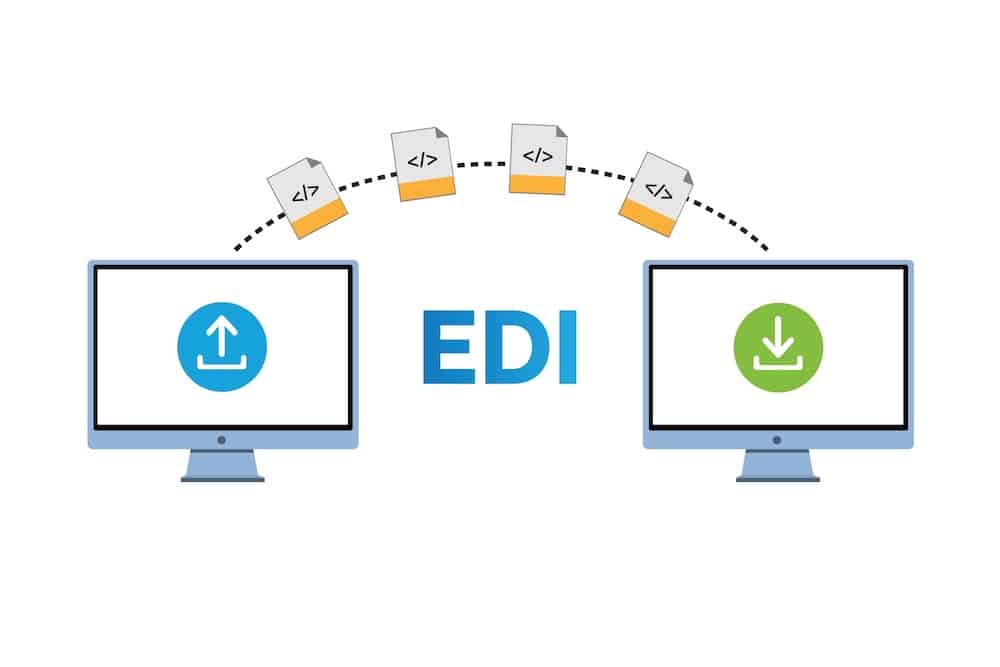In today’s competitive business landscape, warehouse control systems (WCS) have become indispensable tools for managing complex warehousing operations, complementing warehouse management systems (WMS) in ensuring seamless integration with various material handling sub-systems and automation equipment. This comprehensive guide delves into the intricacies of warehouse control systems, their benefits, and their role in optimizing warehouse processes alongside warehouse management systems.
The Growing Importance of Automation in Warehouses
As manufacturing facilities, logistics warehouses, and distribution centers become increasingly reliant on automated equipment and technology, the need for an efficient warehouse control system is more critical than ever. WCS coordinates the use of automation systems, such as equipment controllers, to streamline material flow and ensure efficient product flow within the warehouse or distribution center. This results in a highly automated facility that can manage the most efficient routing of goods and improve overall warehousing operations.
What is a Warehouse Control System (WCS System)?
A warehouse control system is a software solution designed to manage and optimize the flow of materials within a warehouse, ensuring efficient utilization of resources and maintaining a high level of inventory accuracy. Key features include:
- Real-time inventory tracking and visibility
- Integration with material handling equipment
- Order processing and fulfillment management
- Labor management and performance tracking
- Data analysis and reporting capabilities
Functions of a Warehouse Control System
A WCS serves various essential functions to streamline warehouse operations, providing a uniform interface for managing and optimizing the flow of materials within a warehouse:
- Inventory Control: WCS helps maintain accurate inventory records by tracking the movement of materials, updating stock levels in real-time, and providing reports for better decision-making.
- Order Fulfillment: WCS systems manage order processing, ensuring efficient and accurate order picking, packing, and shipping.
- Material Handling Equipment Integration: A key feature of a WCS is its ability to integrate with material handling equipment such as conveyors, sortation systems, and automated storage and retrieval systems (AS/RS). This integration optimizes the flow of goods within the warehouse, reducing manual intervention and increasing overall efficiency.
- Labor Management: By tracking employee performance and productivity, WCS helps identify areas for improvement and optimization, ultimately reducing labor costs and increasing warehouse efficiency.
- Reporting and Analytics: WCS provides data analysis and reporting tools, giving warehouse professionals valuable insights into their operations, identifying bottlenecks, and enabling data-driven decision-making.
Key Benefits of Implementing a Warehouse Control System
Integrating a warehouse control system can provide numerous advantages to your warehouse operations:
- Improved Efficiency: By coordinating various material handling sub-systems, automated solutions, and warehouse equipment, WCS streamlines processes, saving time and resources.
- Real-time Monitoring and Control: WCS offers real-time directives and monitoring through a software application, enabling warehouse managers to identify equipment failures and address issues promptly.
- Enhanced Material Flow: WCS ensures efficient routing and material flow within the warehouse, optimizing the use of available space and resources.
- Order Accuracy and Tracking: WCS improves order fulfillment accuracy by tracking orders, automating processes, and managing customer orders effectively.
- Labor Management: Warehouse control systems help optimize labor utilization by coordinating warehouse workers and automation, ensuring smooth operations within the four walls of the warehouse.
How WCS Integrates with Material Handling Equipment and Automation Systems
A WCS differs from other similar systems by its ability to seamlessly integrate with various material handling equipment and automation systems. This integration enables the WCS to manage the following components:
- System Level Controllers: WCS coordinates with system-level controllers to manage the operation of automated systems based on real-time conditions and requirements.
- Material Handling Sub-Systems: WCS integrates with different sub-systems, such as conveyors, automated storage and retrieval systems (AS/RS), and sortation systems to ensure the most efficient product flow within the warehouse.
- Automation Systems: Warehouse control systems work hand-in-hand with automation systems, such as robotics and automated guided vehicles (AGVs), to enhance warehouse operations and minimize manual intervention.

Expanding the Scope of Warehouse Control Systems with Data Analytics
A key aspect of WCS is the ability to collect and analyze data from various sources within the warehouse. This data enables warehouse managers to make informed decisions and implement strategies to improve efficiency, optimize resources, and reduce costs. Some key benefits of leveraging data collected by WCS include:
- Identifying bottlenecks and areas for improvement
- Monitoring equipment performance and predicting maintenance needs
- Optimizing labor utilization and workforce allocation
- Enhancing order accuracy and reducing fulfillment errors
Warehouse Execution System (WES): Bridging the Gap Between WCS and WMS
A Warehouse Execution System (WES) combines the functionalities of a WCS and a WMS, providing an additional layer of control and efficiency. It manages warehouse automation, material handling sub-systems, and warehouse workers, coordinating both automated systems and human resources to ensure that the warehouse is running smoothly. WES also integrates with software applications, enabling real-time monitoring, data collection, and seamless communication between different systems within the warehouse. This integration offers additional controls, keeping operations running efficiently while ensuring optimal resource allocation and process management.
WCS vs. WMS: Understanding the Differences
While both WCS and WMS are designed to improve warehouse operations, they serve distinct functions:
- A Warehouse Control System (WCS) focuses on optimizing the flow of materials within the warehouse and integrating with material handling equipment.
- A Warehouse Management System (WMS) is more comprehensive, managing all aspects of warehouse operations, including inventory management, order fulfillment, and labor management.
- In many cases, businesses benefit from using both WCS and WMS in conjunction to achieve maximum operational efficiency.
Introducing ASC Software’s ASCTrac® WMS Solution
ASCTrac® WMS by ASC Software is a robust, scalable, and flexible warehouse management solution that combines the best features of both WCS and WMS. The software offers a wide range of capabilities to optimize warehouse, manufacturing, and supply chain operations:
- Comprehensive Inventory Management: ASCTrac® WMS enables real-time inventory visibility, cycle counting, and advanced tracking capabilities, ensuring accurate inventory control.
- Order Processing and Fulfillment: The software streamlines order picking, packing, and shipping processes, increasing order accuracy and reducing fulfillment time.
- Material Handling Equipment Integration: ASCTrac® WMS seamlessly integrates with various material handling systems, automating processes and improving efficiency.
- Labor Management: The software offers labor management features, enabling warehouse managers to monitor productivity, assign tasks, and optimize workforce utilization.
- Advanced Reporting and Analytics: With its powerful data analysis tools, ASCTrac® WMS provides valuable insights into warehouse operations, helping businesses make informed decisions to drive growth.
- Manufacturing Execution: Coupled with its Manufacturing Execution System (MES) capabilities, ASCTrac® WMS offers businesses a comprehensive solution to optimize manufacturing operations and carry out real-time monitoring and quality control.
Conclusion:
Warehouse control systems play a crucial role in optimizing warehouse operations, driving efficiency, and reducing costs. By implementing a comprehensive solution like ASC Software’s ASCTrac® WMS, businesses can leverage the power of both WCS and WMS, streamlining their warehouse, manufacturing, and supply chain processes. With its advanced inventory management, order processing, material handling equipment integration, labor management, and reporting capabilities, ASCTrac® WMS is an ideal choice for businesses looking to maximize productivity, improve customer satisfaction, and gain a competitive edge in the industry.
Contact us today to learn more about ASCTrac® WMS and how it can help your business succeed.




